Rajasthan as per the Hindu mythology, the Rajputs are Kshatriyas, or the warrior class of Vedic India. The rajuts rose to the peak of their power around 6thto 12th century. The earliest Rajputs, who ruled Rajasthan in 640 AD, were the Gurjar Pratiharas. By the end of 7th century, Rajputs had consolidated themselves as a formidable force and the region was in their firm grip. This paved way for extensive development of Rajasthan. There were several Rajput clans, like the Sisodias, Rathores, Chauhans, Kachhwahas and Bhatis, who empowered Rajasthan considerably, economically, socially and militarily. The Rajputs also contributed to the architectural heritage of the state, constructing some of the finest forts, palaces and monuments in the region. The 12th century witnessed invasions by Islamic invaders like Mohammed Ghori. In the battle of Tarain, Ghori was killed by Rajput ruler Prithviraj Chauhan, despite defeating Chauhan in battle. Even the Mughals recognized the Rajput valor and fostered alliances with them, despite defeating them in battles. Mughal emperor Akbar himself married Rajput princess Jodha Bai, the daughter of the Maharaja of Amber. Under his rule, Rajput princes held high offices and he maintained very cordial relations with Rajputs. Maharana Pratap was a legendary Hindu ruler of Mewar who offered a daunting challenge to Akbar’s supremacy. In popular Indian culture, Pratap is considered to exemplify the qualities like bravery and chivalry to which Rajputs aspire.
When the influence of the Mughals started waning, Rajputs reasserted their power and dominance but that was to be short-lived. The Pindaris and the Marathas soon attacked the Rajputs of Rajasthan. Later, when India came under the British rule, Rajputs maintained local autonomy while agreeing to British sovereignty. When the country got independence in 1947, the erstwhile Rajput kingdoms and British provinces were merged to form the state of Rajasthan as it stands in its present form.


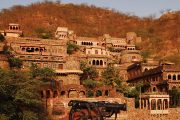
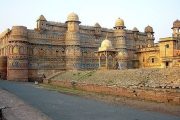
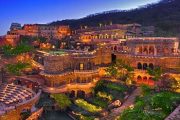
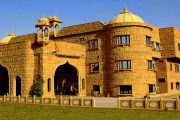
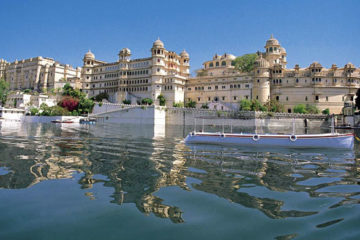
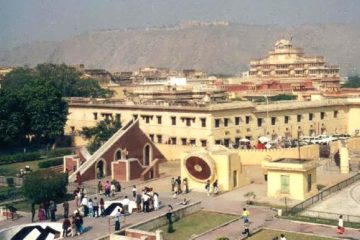
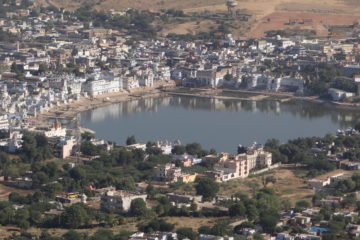
Tour Reviews
There are no reviews yet.
Leave a Review